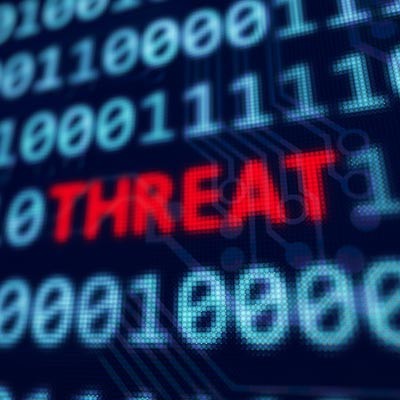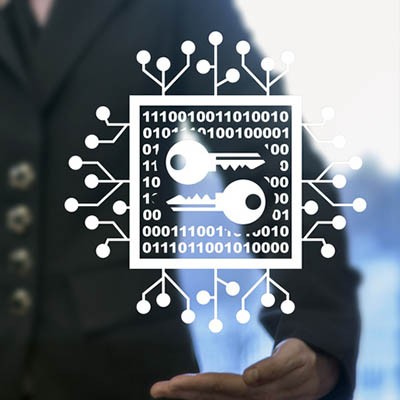ImageSys LLC Blog
I truly hope that, despite everything that has created challenges for businesses in recent months, I don’t need to remind you of the importance of your organization’s cybersecurity. Let’s consider the solutions that you need to ensure your business remains protected throughout this crisis, as well as any others.
When a business gets hacked or loses data, it can turn out to be a problem that won’t go away. If your business is seeking to get the security it needs to protect the welfare of your employees, your clients, and your substantial investment, you have to start to look at the bigger picture. The security of your business happens at three levels and you need a plan for each. Today, we’ll take a look at these three levels.
The COVID-19 pandemic has certainly changed the way we do things in a very short period of time. Unfortunately, in times of absolute crisis and anxiety, cybercriminals use it as camouflage to steal data and infiltrate normally-secure networks. Let’s take a look at some of the ways hackers are able to exploit your employees and how you can work to protect your business.
As prevalent as cybersecurity threats unfortunately are today, many users tend to overlook major threats that they just aren’t focused on nearly as much: social engineering attacks. Social engineering attacks are just another means for a cybercriminal to reach their desired ends, and so need to be protected against.
It isn’t exactly news that businesses of all sizes need to be concerned about cyberthreats - especially since, as time passes, these threats have become more serious and insidious. Up until this point, there have been tried-and-true methods that businesses could leverage to stop these threats, but hackers are very clever when it comes to their attacks. What can a business do?
The way a business handles its network security typically defines what kind of problems come from their use of information systems. As a result, cybersecurity has become a major part of any forward-thinking organization’s IT strategy and has become a multi-hundred-billion dollar a year industry. Of course, it wasn’t always such a huge problem. The history of cybersecurity doesn’t go back very far, but since it has such a major impact, we thought it would be interesting to go back a couple decades and look at the brief history of the practice.
Threats to data security are seemingly everywhere. Some companies spend millions of dollars a year on data security, but it only takes one unwitting user to tear down their huge investment. In fact, 2018 saw over 446.5 million records compromised, even if the number of data breaches dropped by almost 25 percent. Today, we will look at the biggest breaches that have happened from the beginning of May.
Phishing attacks are more commonplace than you might think. Whether it’s scamming someone into sending payments to fund who knows what or simply spreading malware or viruses, these phishing attacks are a part of doing business; therefore, it’s important that you take measures to avoid some of the most clever tricks in the book. Let’s examine some of them.
Whether or not you’re familiar with computers, there are a few terms that are thrown around commonly enough that chances are good that you know them. One such term is “firewall.” Unfortunately, there are often misconceptions as to what these terms refer to or what they do. Firewalls are a prime example, as many believe that a firewall is the only security they need.
Have you ever played the telephone game? One person in a group whispers a phrase to another, who then passes it to another, and the fun is had when the group shares what they heard and how the message was garbled along the way. In many ways, this activity is similar to a Man-in-the-Middle (MitM) attack - although the attack is a lot less fun than the game.
When Microsoft came out with their new operating system, Windows 10, they had something that other OSs weren't able to match, integrated new security software that was going to keep users safe as new threats are presented each day with an aim at corrupting computing systems and stealing critical personal information. Today, we take a take a new look at the Windows 10 security features and how to get the most out of the new OS.
The modern office can be a pretty monotonous place. When people do similar tasks over and over again, their attention to detail can wane. That may be a problem for your operational efficiency, but depending on what the expectations are, it likely won’t end your company. Ransomware, on the other hand, can be a major problem for any organization it affects. Today, we will share with you how to get your staff to care about the looming threats that target businesses from over the Internet.
If your business is taking advantage of the cloud to meet its operational and data storage needs, then you’re already doing something right. The cloud has changed the way businesses function, but this also needs to extend to the way businesses think about data security. How is your business or cloud provider securing your critical business data and applications stored in the cloud?
How often have you started to read something you thought may be valuable to you, only to put it down a few moments later, completely lost because of the use of technical language and industry jargon? The IT industry can be especially guilty of this. However, since this is need-to-know information, we’ve decided to go over a few crucial security concepts by representing your business security with a locked door.




















